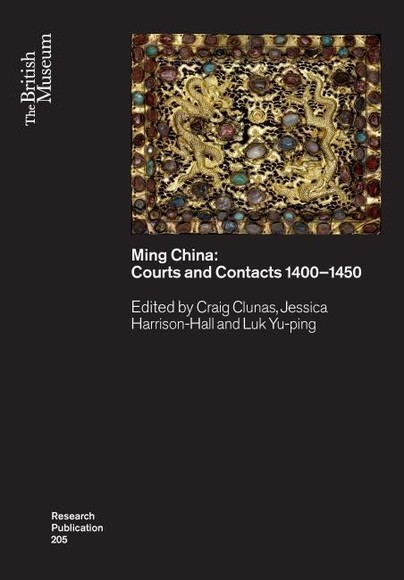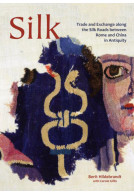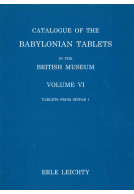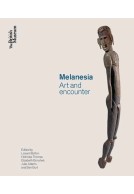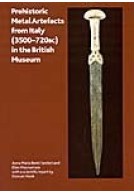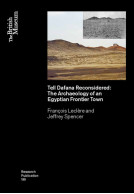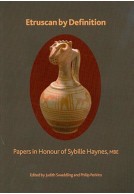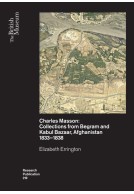Ming China (Paperback)
Courts and Contacts 1400–1450
Imprint: British Museum Press
Series: Research Publication
Pages: 272
Illustrations: 300 (250 colour; 50 b&w)
ISBN: 9780861592050
Published: 30th September 2016
Script Academic & Professional
Series: Research Publication
Pages: 272
Illustrations: 300 (250 colour; 50 b&w)
ISBN: 9780861592050
Published: 30th September 2016
Script Academic & Professional
You'll be £30.00 closer to your next £10.00 credit when you purchase Ming China. What's this?
+£4.99 UK Delivery or free UK delivery if order is over £40
(click here for international delivery rates)
Order within the next 3 hours, 51 minutes to get your order processed the next working day!
Need a currency converter? Check XE.com for live rates
(click here for international delivery rates)
Order within the next 3 hours, 51 minutes to get your order processed the next working day!
Need a currency converter? Check XE.com for live rates
Winner of the IBP 2017 Specialist Publication Accolade awarded by the International Convention of Asia Scholars (ICAS)
This ground-breaking, beautifully illustrated publication is the outcome of the conference ‘Ming: Courts and Contacts 1400–1450’ that accompanied the British Museum’s major exhibition Ming: 50 years that changed China (September 2014–January 2015). The scope of the exhibition and conference focused on Ming dynasty China in the years 1400 to 1450, a time when China was the largest (and one of the most prosperous) states in the world, ruled by a single family through a network of imperial and regional courts. During this period, many cultural, social and political themes that were to dominate China’s history from this point onwards were either created or consolidated. These include the definitive decision to place the political capital in the north, while the south-central region evolved as an economically dominant entity, a dichotomy that still remains today. This is also a period when contacts of unprecedented scale took place between the Ming empire and the wider world, particularly between courts, through embassies, an aggressive military forward policy and court-sponsored maritime expeditions. The early Ming also remains a period that defines contemporary Chinese conceptions of their own history, and that history’s relations to the rest of the world.
Where previous scholarship may have focused on specific aspects of the period or dealt with a range of issues covering the whole of the Ming dynasty, this volume presents the first detailed examination of the crucial years from the Yongle to the Zhengtong era through a diverse range of approaches and materials. It integrates more fully material culture perspectives with the work of social, political, economic, intellectual and cultural historians and situates early Ming court culture within a wider global context.
Customers who bought this title also bought...
Other titles in the series...
Other titles in British Museum Press...







